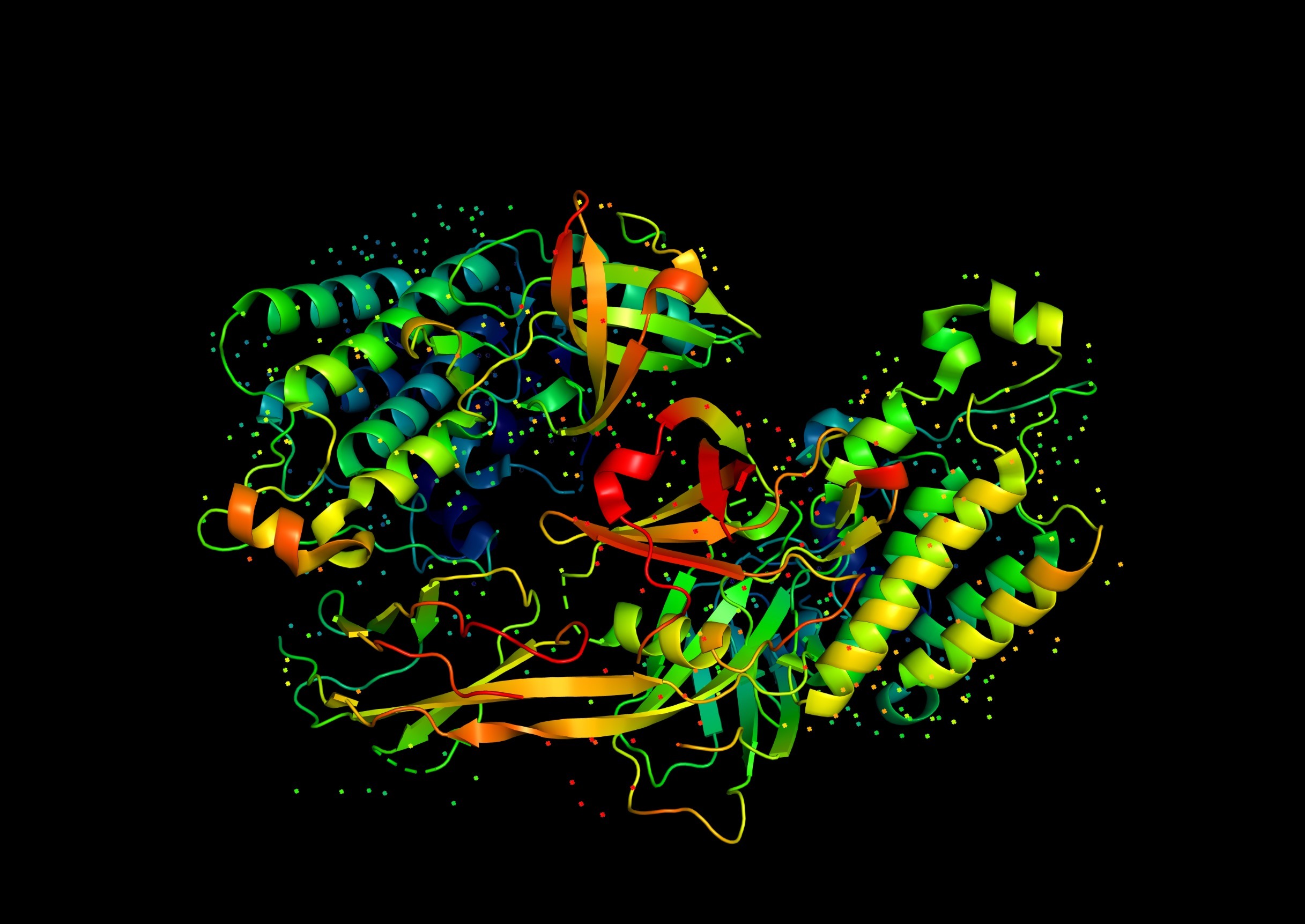Understanding the function of proteins is paramount in elucidating biological processes and developing targeted therapeutics. An essential aspect of protein function is the identification of binding sites, regions where interactions with other molecules occur. Genetic Active Site Search (GASS) emerges as a powerful computational approach designed to efficiently and accurately identify these binding sites on proteins. This method leverages genetic algorithms, bioinformatics, and structural biology to navigate the intricate landscape of molecular interactions.
The Significance of Binding Sites
Binding sites on proteins play a critical role in mediating interactions with other molecules, such as ligands, substrates, or other proteins. These interactions are fundamental to various cellular processes, including signal transduction, enzymatic catalysis, and molecular recognition. Identifying these binding sites is pivotal for understanding the mechanisms underlying biological functions and can guide the design of drugs targeting specific proteins.
Challenges in Binding Site Identification
Experimental methods like X-ray crystallography and NMR spectroscopy have traditionally been employed to determine protein structures and locate binding sites. However, these approaches are resource-intensive, time-consuming, and not always feasible for every protein. Computational methods have thus become crucial for predicting binding sites, with challenges including the need for accuracy, efficiency, and the ability to handle diverse protein structures.
Overview of Genetic Active Site Search (GASS)
GASS is a computational method that harnesses genetic algorithms, a type of optimization algorithm inspired by the process of natural selection. Genetic algorithms mimic biological evolution by iteratively refining a population of potential solutions until an optimal or near-optimal solution is reached. In the context of GASS, the ‘solutions’ are potential binding sites on a protein.
Genetic Algorithm Workflow in GASS
- Initialization: GASS begins with the generation of an initial population of potential binding site candidates. These candidates represent specific regions on the protein surface where binding interactions might occur.
- Fitness Evaluation: Each candidate is evaluated based on a fitness function that considers factors such as electrostatic potential, hydrophobicity, and geometric features. The goal is to simulate the favorable conditions for molecular interactions.
- Selection: Candidates are selected for further evolution based on their fitness scores. This mimics the natural selection process, favoring candidates that exhibit characteristics conducive to binding.
- Crossover and Mutation: Genetic operations like crossover and mutation are applied to the selected candidates, producing a new generation of potential binding sites. Crossover combines features from two candidates, while mutation introduces random changes.
- Iterative Refinement: The process iterates over multiple generations, gradually refining the pool of potential binding sites until convergence.
Key Advantages of GASS
- Global Exploration: Genetic algorithms enable GASS to explore a wide range of potential binding sites, providing a more comprehensive view of the protein’s interaction landscape.
- Flexibility: GASS is versatile and adaptable to various protein structures and types. Its flexibility allows it to handle diverse proteins and different classes of binding sites.
- Reduced Dependency on Experimental Data: GASS can be applied to proteins without known structures, reducing the dependency on experimental data. This is particularly advantageous when dealing with novel or poorly characterized proteins.
Applications of GASS
- Drug Discovery: GASS aids in the identification of binding sites that can be targeted by small molecules in drug development. This is instrumental in designing drugs that modulate specific protein functions with therapeutic intent.
- Functional Annotation: GASS contributes to the functional annotation of proteins by highlighting potential binding sites associated with specific activities, such as enzymatic catalysis or substrate recognition.
- Protein Engineering: GASS can assist in the design of modified proteins with altered binding properties. This is valuable in the development of bioengineered proteins for various applications.
Limitations and Future Directions
While GASS represents a significant advancement, it is not without limitations. The accuracy of predictions may be influenced by the choice of parameters and the quality of input data. Additionally, GASS may struggle with proteins that undergo conformational changes upon binding. Future developments may focus on refining algorithms, incorporating machine learning techniques, and improving the integration of experimental data.
Genetic Active Site Search (GASS) emerges as a potent computational tool in the quest to decode protein function by identifying binding sites. Its innovative use of genetic algorithms allows for a systematic exploration of protein surfaces, enabling the prediction of potential interaction sites. As GASS continues to evolve, its applications in drug discovery, functional annotation, and protein engineering are poised to play pivotal roles in advancing biomedical research and biotechnology. The synergy between computational approaches like GASS and experimental techniques promises a more holistic understanding of protein structure and function, ushering in a new era of precision in molecular biology and medicine.

Leave a Reply